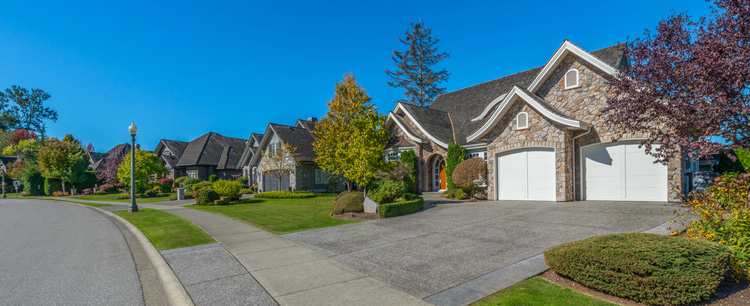What’s Under Your Policy’s Hood?
So your homeowner’s policy is very likely to cover a bit more than just your home. Therefore, it’s important to understand exactly what’s covered and for how much. Most policies typically offer the following types of coverage:
- Dwelling
- Other structures
- Personal possessions
- Loss of use
- Personal liability
- Medical payments
Dwelling – More than Just Your Mortgage
One common mistake homeowners often make is to only get enough insurance coverage to cover the cost of their mortgage. Your mortgage, however, does not represent the actual value of your home, or the cost to replace the home as is. Ultimately, what you want is enough insurance to completely rebuild your home in a worst case scenario. Your best bet would be to hire a builder to assess your house and provide an estimate for current replacement costs. Insurance agencies also sell “guaranteed replacement cost” insurance, which – as the title implies – guarantees that you’d be covered for the full cost of replacement, but those policies are costly and hard to come by.
Alternately, you can get “extended replacement coverage”, which in most cases means the insurer will pay out up to 125 percent of your policy limit towards rebuilding your home. Some insurers offer an “inflation guarantee”, which increases to cover changing costs over time. Otherwise, you’d be wise to routinely review your dwelling coverage against the actual cost to replace – materials and services are likely to increase in cost over time, meaning total replacement may require a higher policy limit.
Special Circumstances
Depending on where you live and what hazards your house faces, you may need to purchase additional types of coverage. The most common type of supplemental insurance is flood insurance. In many locations, flood insurance may actually be required by your lender before closing on a mortgage.
Unfortunately, the reason flood insurance exists is because most regular homeowner’s policies don’t cover damages related to flooding. If you’re unsure about whether or not you need flood insurance, you can visit FloodSmart.gov, which is the National Flood Insurance Program’s website.
Other Structures and Personal Possessions
Coverage for “other structures” generally refers to unattached buildings (like a shed) or fences on your property. As with dwelling coverage, ideally you should have a policy limit high enough to fully replace these structures should they be destroyed.
Personal possessions, as a category, can be a little trickier. A popular rule of thumb is to insure your possessions for about 50 to 75 percent of your dwelling coverage, and then purchase additional coverage for any possessions of exceptional value (like expensive pieces of jewelry). If you’d like to be a little more accurate, you can use an app or a program like KnowYourStuff to create a complete catalog of all of your possessions.
Loss of Use, Personal Liability, and Medical Payments
Loss of use coverage represents money that would be available to you if you were temporarily displaced from your home and needed to stay somewhere else. It’s a bit like the rental car coverage you may have included in your car insurance.
Personal liability and medical payment coverage are there to protect you in the event someone is hurt or injured on your property. Medical payment coverage specifically covers medical bills for you or anyone else who suffers an injury on your property, while personal liability kicks in if you’re sued for injuries or damages occurring on your property.
Without adequate personal liability coverage, your savings and other accumulated assets could be at risk if an incident occurs. It’s hard to know exactly how much personal liability coverage is the right amount, but you should definitely consider the relative risk factors (Do you have a swimming pool? Is your home more than one floor? Etc.) when deciding on an amount.
Your Deductible
Finally, while homeowner’s insurance is expensive to have, it’s also expensive to use. Like most forms of insurance, if the cost of a repair is low enough to handle out-of-pocket, it’s usually in your best interests to do so. That’s why it’s often preferable to choose a policy with a high deductible, since a higher deductible usually means a lower premium, which can represent a significant savings over time. It’s a good idea to earmark a portion of your savings for out-of-pocket repairs or covering your deductible so you’ll be prepared if something goes wrong.
Need a little more help? MMI offers homebuyer education courses for anyone looking to buy a new home. Whether you're a first-time homebuyer looking to learn the basics or current owner in need of an education certificate for a specialized loan program, these online courses are thorough, informative, and easy-to-use.


Homeownership! The American Dream! And quite likely a very good dream in every other country where they have houses. It’s a big step and an expensive one, too. Among the many costs you may not be considering if you’ve never owned a home, homeowner’s insurance can be a significant chunk of your budget. But exactly how much homeowner’s insurance do you need? And what does it mean to over or under-insure your home?